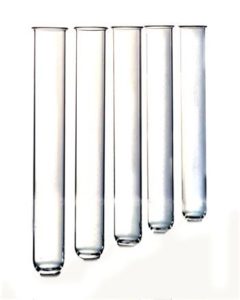
Our research program requires a cross-disciplinary approach where aspects of engineering, chemistry, and biology are applied to the fields of Regenerative Medicine, Tissue Engineering and Drug Delivery. We approach unsolved problems in medicine by creating a series of design criteria which we then use to formulate solutions. Our laboratory has designed novel injectable hydrogels for local delivery to the injured spinal cord and brain.
We have created novel polymeric nanoparticles for targeted delivery in cancer. We have pursued tissue engineered 3-dimensional constructs to spatially control cell differentiation, using multiphoton laser excitation and advanced photochemistry to design defined chemical matrices. We have explored cell transplantation strategies using tubular scaffolds and injectable materials. While the laboratory is pursuing a diversity of projects, they are linked by the common theme of polymeric design for medical application.
Our multidisciplinary projects benefit from collaborations with scientists with complementary expertise, in stem cell biology, neurosurgery and cancer. The laboratory is funded primarily by the Natural Sciences and Engineering Council of Canada, the Canadian Institutes of Health Research, the Ontario Centers of Excellence, the Heart & Stroke Foundation (Ontario), McEwen Center in Regenerative Medicine, Krembil Neuroscience Foundation, Advanced Food & Materials Network, NCE, among others.

With the synthesis of a novel biodegradable polymer that self-assembles in water to nanoparticles, we have investigated the power of Diels-Alder chemistry for the immobilization of antibodies and their use for targeted delivery in breast cancer of both antibodies and chemotherapeutics.

Using a physical blend of hyaluronan and methyl cellulose, we have achieved local and sustained delivery to the injured spinal cord and stroke-injured brain demonstrating some therapeutic and tissue benefit.

To guide cells (and axons), both haptotactic and chemotactic cues have been incorporated into 3-dimensional hydrogels using photochemistry and laser technology. Haptotactic cues include cell adhesive peptides. Chemotactic cues include concentration gradients of growth factors.

We are investigating cell delivery to the brain, retina and spinal cord via a minimally-invasive injectable hydrogel and by implantation of nerve guidance cells. Polymeric hollow fiber membranes (i.e. porous tubes) have been synthesized with the mechanical and transport properties required for implantation into the central nervous systems. To enhance regeneration, we are investigating an in situ drug delivery strategy to stem cells that reside within.
